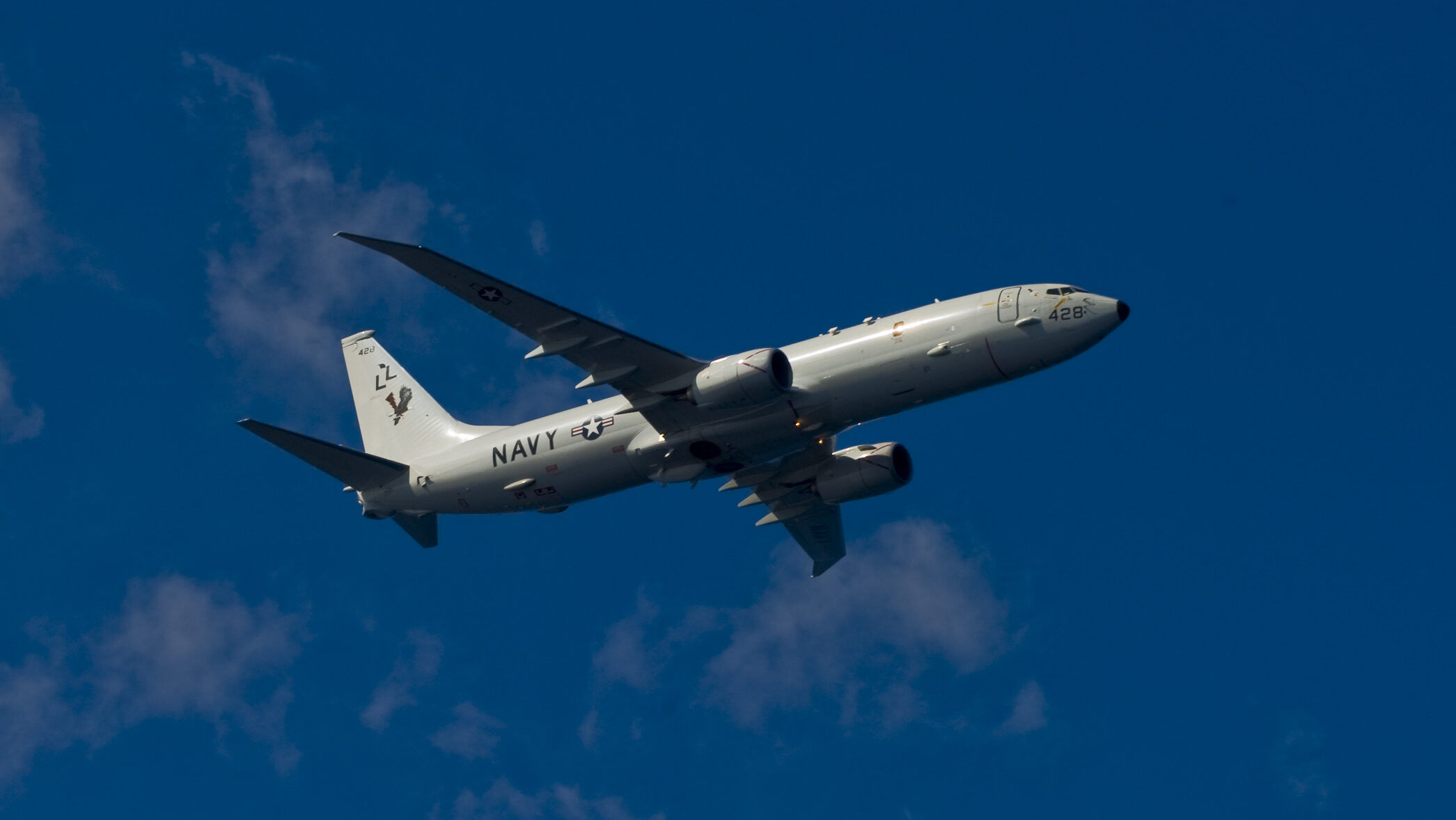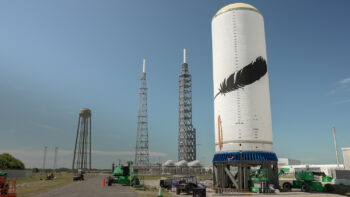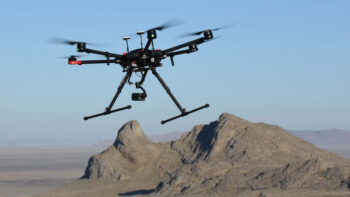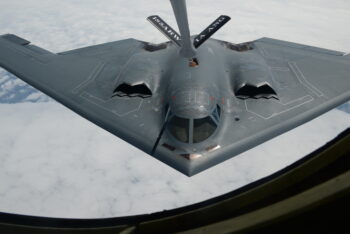
A U.S. Navy P-8A Poseidon aircraft assigned to Patrol Squadron 30 flies above the aircraft carrier USS Harry S. Truman (CVN 75), not pictured, in the Atlantic Ocean, Oct. 16, 2012. The P-8A replaced the P-3C Orion aircraft as the Navy’s standard maritime patrol aircraft. (U.S. photo by Mass Communication Specialist 2nd Class Mike DiMestico)
WASHINGTON — The US Navy on Thursday awarded Boeing a contract worth up to $3.4 billion for the procurement of 17 P-8A Poseidon maritime surveillance aircraft, according to the Pentagon’s daily contract announcements.
The majority of those planes, 14, will go to the Royal Canadian Air Force and the three remaining P-8s will join the German navy’s fleet. The P-8 is derived from Boeing’s commercial 737 and was originally developed for the US Navy, which uses it for anti-submarine warfare, anti-surface warfare and intelligence, surveillance and reconnaissance.
Canada first selected the P-8 in November 2023 and has stated it expects the aircraft to be fully operational in its fleet by 2033. The P-8s replace Canada’s current fleet of CP-140 Auroras, and the first plane is on track to deliver in 2026, according to a Boeing statement released hours after the Pentagon announced the deal.
“We are proud to add Canada to the list of international P-8 partners as well as to Germany’s fleet of maritime patrol aircraft,” said Philip June, vice president and program manager of the P-8A program at Boeing. “The Poseidon is a proven aircraft, with more than 600,000 flight hours, that will serve Canada and Germany well in today’s challenging security environment and for decades to come.”
Germany started buying the P-8 in June 2021, inking a deal for five aircraft at the time, and the new deal will bring its fleet up to eight aircraft, according to Boeing. The first aircraft is scheduled for delivery in 2025 and will replace the country’s P-3 Orions, Boeing said.
In addition to the United States, Canada and Germany, the P-8 is also flown by Australia, India, the United Kingdom, Norway, New Zealand and the Republic of Korea, with all nine countries flying a global fleet of roughly 200 planes.
Elbit’s new Red Sky air defense system goes public with first customer
The system includes a radar, as well as links to a 30mm gun and missile system for downing threats within ranges of seven kilometers and 15,000 feet, according to a company executive.


























